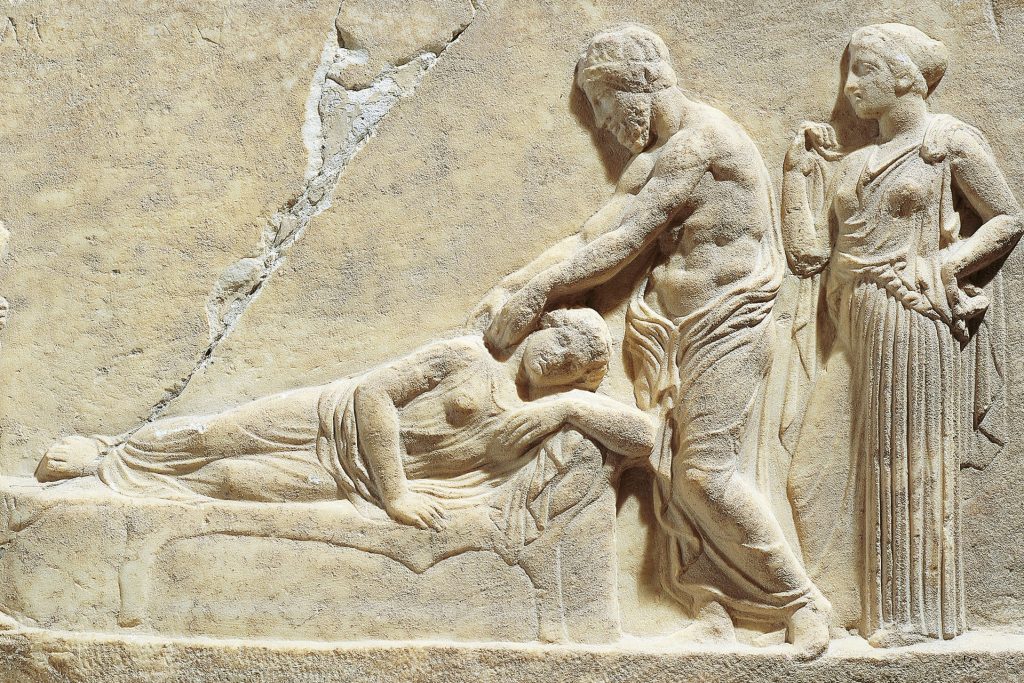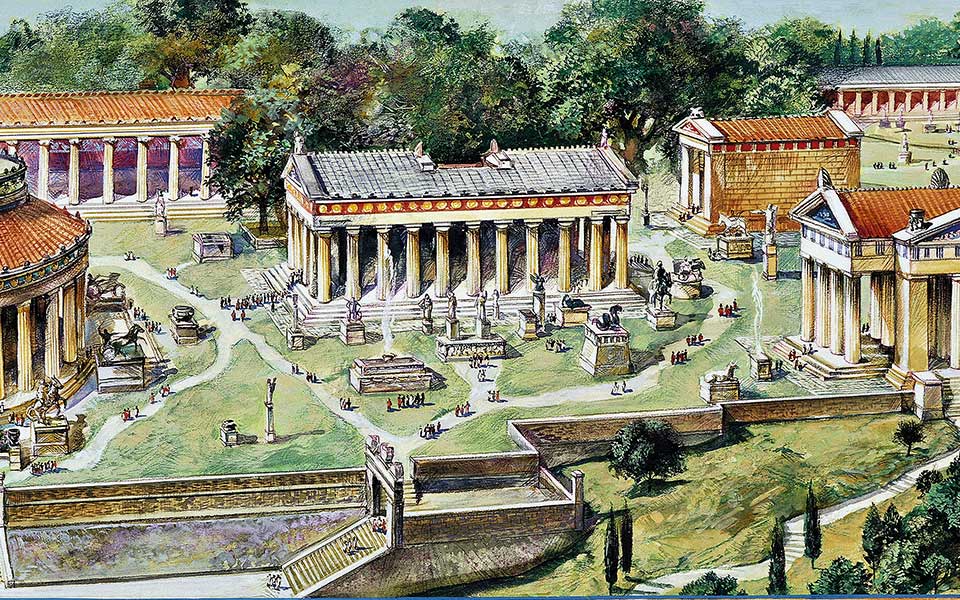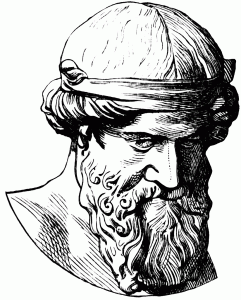Chapter 8: Iamata and Healing Cult

Asclepius with his daughter Hygieia (behind) and a female patient, votive relief, Piraeus, c. 350 BC
Chapter Introduction
The final section of this course examines healing cult, the iamata inscriptions from Asclepius’ sanctuary at Epidaurus, and anatomical votives used in some healing sanctuaries. There were several divinities associated with preventative and curative medicine, such as Athena Hygeia and Zeus Hypsistos, but the primary gods were Apollo and, especially, his son Asclepius, who began as a hero but came to be worshipped as a god. The majority of healing sanctuaries were dedicated to Asclepius and named after him, the Asclepieia. The greatest of all of these was at Epidaurus, located on the northeastern side of the Peloponnese in mainland Greece.


As this chapter’s readings describe, the major parts of the healing process were incubation (sleeping) and epiphany (when the god appears to the patient, typically in a dream or waking vision). Various literary and epigraphic sources describe this process, such as Aristophanes’ play Wealth and the famous iamata (“miraculous healings”) inscriptions from Epidaurus. We also see this process reflected in stone relief sculptures, such as those found at the Asklepieion on the southern slope of the Athenian acropolis.
The sources, below, include a short documentary on Asclepius and a lecture about the site of Epidaurus and the history of Greek healing cult. The readings provide more detail about healing epiphanies, the related inscriptions, and the various types of anatomical votives found at Asclepieia in Corinth and Attica. While these anatomical models together express the diseased body as dismantled, they also reflect the hope that by healing a part, the person will once again become whole.


Tasks: Complete the assignments, below, then go to the Blackboard course page. Don’t forget that you’ve also been assigned primary source reading: Greek Religion, V. Warrior, Chapter 6 pp. 107-112 (Incubation and Healing) and Chapter 14 pp. 258-260 (14.23-14.27). Take the Module Test and contribute to Discussion Topic 7. You have TWO WEEKS to complete this Module.
NB: The Module Test will involve questions from Readings 1-3. Discussion Topic 7 refers to the assigned reading from the sourcebook.
This chapter includes the links to the assigned material (see below). When you click the links, you may have to log in with your CSU library ID and password. PDF copies of all of the readings are available in the One Drive folder (see the left-hand menu of the course Blackboard page for the link to One Drive).
*Documentary: Asclepius: the Greek god of medicine (YouTube, 9:50 min.)
*Lecture: Epidaurus Revisited: The History of Health (Prof V. Lambrinoudakis; YouTube; 29:06 min.)
* The documentary and lecture are included for background information. Although you will not be tested on them, you should watch them first so that you are better prepared to understand the reading material.
______________________________
Reading 1: “Healing Epiphanies”, G. Petridou, Divine Epiphany in Greek Literature and Culture (2016)

